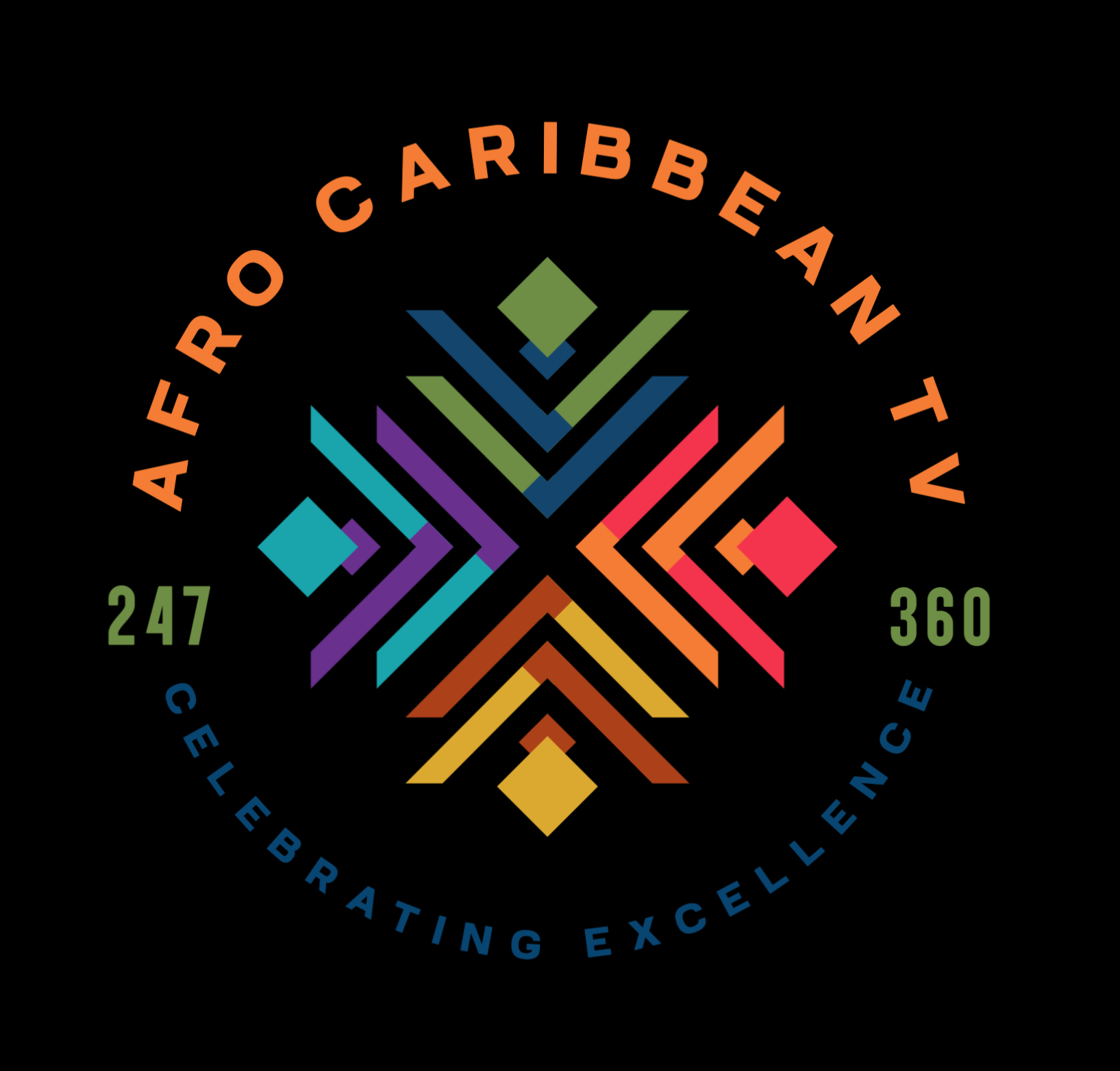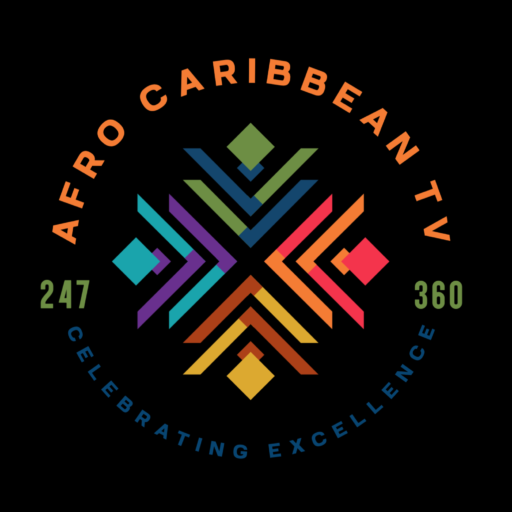In The Bahamas, family structures are diverse and influenced by cultural, historical, and economic factors. Here are the main types of families commonly found in Bahamian society:
1. Nuclear Family
- Consists of two parents and their children.
- Often considered the “traditional” family model.
- Common in both urban and suburban areas.
2. Extended Family
- Includes parents, children, grandparents, aunts, uncles, and cousins living together or nearby.
- Offers shared responsibilities, such as child-rearing and elder care.
- More prevalent in rural and Family Islands, but still found in cities.
3. Single-Parent Family
- Headed by either a mother or father raising children alone.
- Particularly common in The Bahamas, often due to:
- Divorce or separation
- Non-marital childbirth
- Migration of one parent
- Predominantly female-headed households.
4. Common-Law (Cohabiting) Families
- Couples living together without formal marriage, often with children.
- Recognized socially, and increasingly stable over time.
- Reflects changing views on marriage and partnerships.
5. Blended Families
- Families formed after remarriage, including stepchildren or children from previous relationships.
- Growing due to changing marriage patterns and divorce rates.
6. Dual-Income Families
- Both parents work outside the home, often due to economic necessity.
- Common in urban and suburban areas, especially in middle-class households.
Legal Note
- Family structure influences legal rights related to inheritance, custody, and marriage law in The Bahamas.
- Formal marriage is governed by the Marriage Act; common-law unions may not have full legal recognition.


